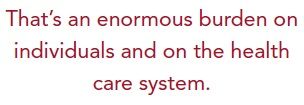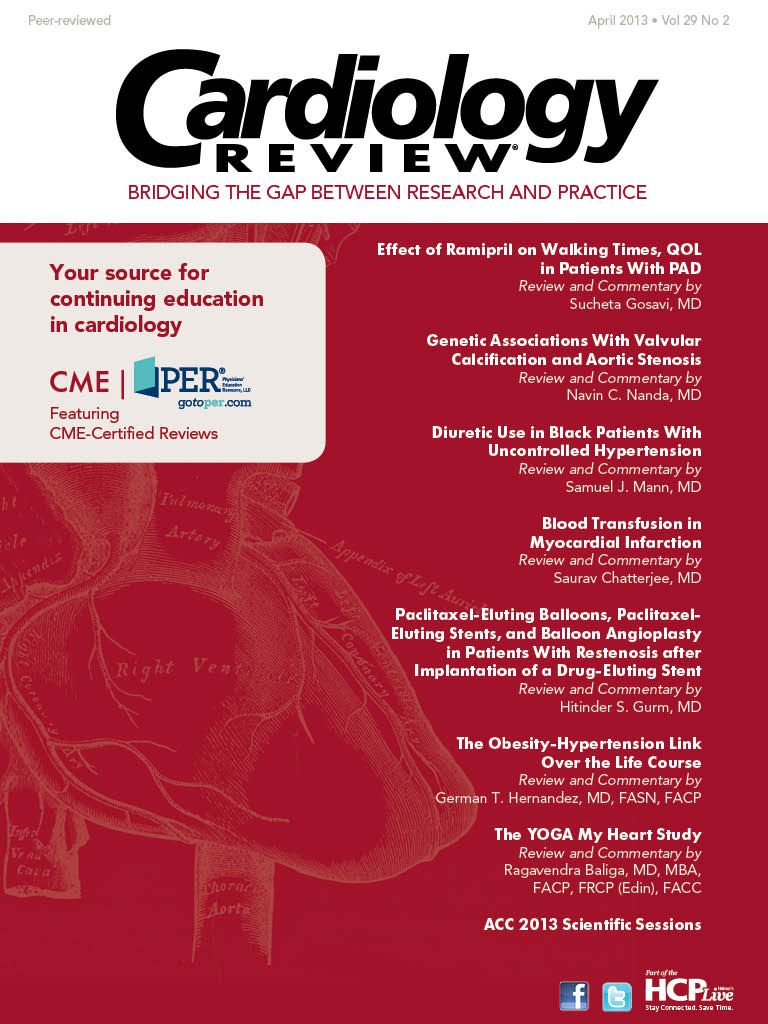Rising Costs for Heart Health

Mike Hennessy
Letter From the Publisher
Cardiologists have a birds-eye view of the trends in health and wellness for heart patients as they witness what is happening with their patients in their daily practice. Perhaps more than any other health care professional, they see firsthand the devastating results of lack of preventive medicine and the enormous costs associated with it.
Their own association, the American Heart Association (AHA), has recently reported some news that will affect the health care profession as a whole—and the taxpayers’ pockets. A recent article in Circulation: Heart Failure offers a new policy statement from the AHA which reports a 3-fold increase in the projected costs of heart failures from the original 2030 estimates. In the article, heart failure costs are projected to soar dramatically as an increasing number of older Americans are hospitalized for heart failure more than for any other medical condition.
One in every 33 Americans will have heart failure in 2030, a number that will more than double the current cost of care, according to figures from the AHA. In the next 2 decades, the association estimates that the incidence and prevalence of heart failure in this country will see a jump from 5 million to 8 million—a 46% increase. The authors conclude that the costs will balloon to $70 billion in 20 years.
What will this mean for the taxpayer? According to the study, that translates to a bill of $244 annually for each and every American taxpayer. That’s an enormous burden on individuals and on the health care system.

According to Nancy Brown, chief executive officer of the AHA, the answers are available to reverse this trend. “We have the solutions we need to change the course of heart failure in this country, but we must take steps now to reverse the trend, she said in a press statement. The question is “how?”
The AHA policy statement suggests better access-to-caretransition programs and more oversight by health care providers in caring for patients at greater cardiovascular risk. That would mean those individuals who are smokers, are obese and have high cholesterol. As physicians, you see these patients every day.
The rise in heart failure is expected to affect all racial and ethnic groups and both sexes. So the real question is not only what health care professionals can do to stem the oncoming tide, but what can these individuals do? It’s a matter of personal responsibility, taking control of one’s own life, and dealing with underlying health conditions. Certainly, cardiologists can counsel patients to do this and they can inform them of their condition and the serious risks associated with it—and also discuss the high cost of care—but it is really up to the individual to step up and not become part of this new heart failure trend.
Thank you for reading!
Mike Hennessy
President, Chairman, Chief Executive Officer
